Recent BVH alumni adjust to college online
For BVH’s class of 2020, the COVID-19 pandemic upends traditional college plans
September 14, 2020
Richzeska Ann Fandino, Stanford University
The stillness of the room was broken by her chuckle.
She recalled her academic advisor’s analogy between academic units and balancing life: classes were 12 to 15 units, the pandemic was three units and social relations were another three.
In a train of thought, she looked sideways — her dark locks of hair cushioning her shoulders — and grinned.
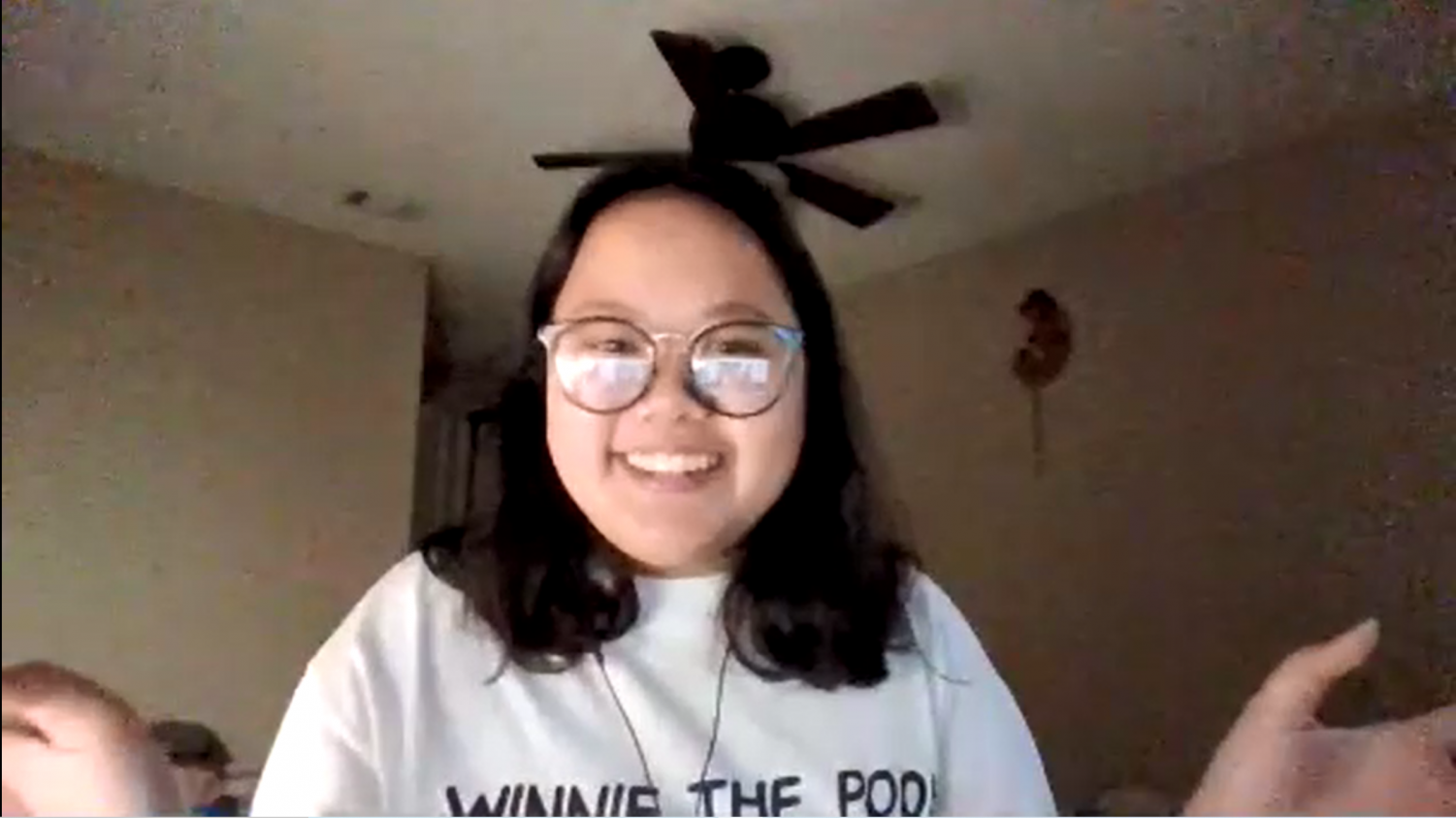
After moving to the San Francisco Bay Area from National City on Aug. 10 to attend Stanford University, BVH alumna Richzeska Ann Fandino started a new chapter in her life.
In Sep. 2019, Fandino had applied to college through Questbridge, a non-profit that allows low-income students to apply early to up to 12 elite universities through a matching program.
At home, life was unstable. Familial problems between Fandino’s parents made paying for their apartment difficult. For years, Fandino’s mother planned to relocate with Fandino and her brother somewhere within San Diego.
“[My parents’] relationship was affecting my entire family and [financially], it was pretty unstable. Housing — specifically who was paying for [it] — was difficult [because of my parents’ tensions]. It [didn’t create] a very suitable environment for online learning,” Fandino said.
But when Fandino was accepted into Stanford, located in the San Francisco Bay Area, her mother received a job opportunity in the region — prompting her family to relocate there. NowFandino, her mother and brother rent a larger apartment roughly 50 miles north of Stanford, where Fandino states “everything fell into place.”
“It didn’t create the most perfect [environment], but it did create a very suitable [one] for online learning,” Fandino said. “You have to trust the process in a way.”
Now set to begin classes online at Stanford on Sep. 14, Fandino has felt both “reassured” and “uncertain” amid the uncertainties of the pandemic.
“[During] the last few months with online learning, my routine has not been the most productive. It’s just going to require a bit more adjustment,” Fandino said. “The professors, advisors and students know we’re all in this journey together, so there’s also a sense of camaraderie.”
Having previously struggled to “ask for help,” Fandino also hopes to take advantage of Stanford’s resources and rebuild the routine she had formed in high school to make a smooth transition into college.
“[I plan] to maintain [the] routine [I had] when we still had in-person [learning]: getting up on time, getting ready clothing-wise [and] eating breakfast. Sitting in front of a computer and [having] to listen to lectures can be straining,” Fandino said. “I [want to] have a manageable schedule and stick with it as best as I can.”
Fandino looks forward to her academic pursuits at Stanford — in topics she’s “dying” to explore — and remains optimistic for the future.
“I’m going to keep on going. We’re in this very difficult situation, [and] I’ve realized the things that I would like to do in the future are very much connected to how we can manage and adapt,” Fandino said. “As hard as it may be, it’s all going to be worth it in the end.”
Jake Basile, Southwestern College (formerly California State University Long Beach)
The economic consequences of the pandemic have prompted college freshmen across the country to readjust their studies. For BVH alumnus Jake Basile, the pandemic led him to unenroll at California State University (CSU) Long Beach for Southwestern College (CS), saving him 7,000 dollars per year.
In March, Basile had signed up for the Honors Program at CSU Long Beach as a prospective engineering major and was planning to move into his dorm on Aug. 24.
“[I was looking forward to] having a community of both like-minded and diverse peers around the same age of me to grow with,” Basile said.
When the pandemic hit, however, Basile reconsidered his plans; when the first semester was announced to be online in June, Basile initially believed it “wasn’t a big deal” as he had received a $1,000 scholarship and could afford to pay for a full semester online without the benefits of in-person instruction.
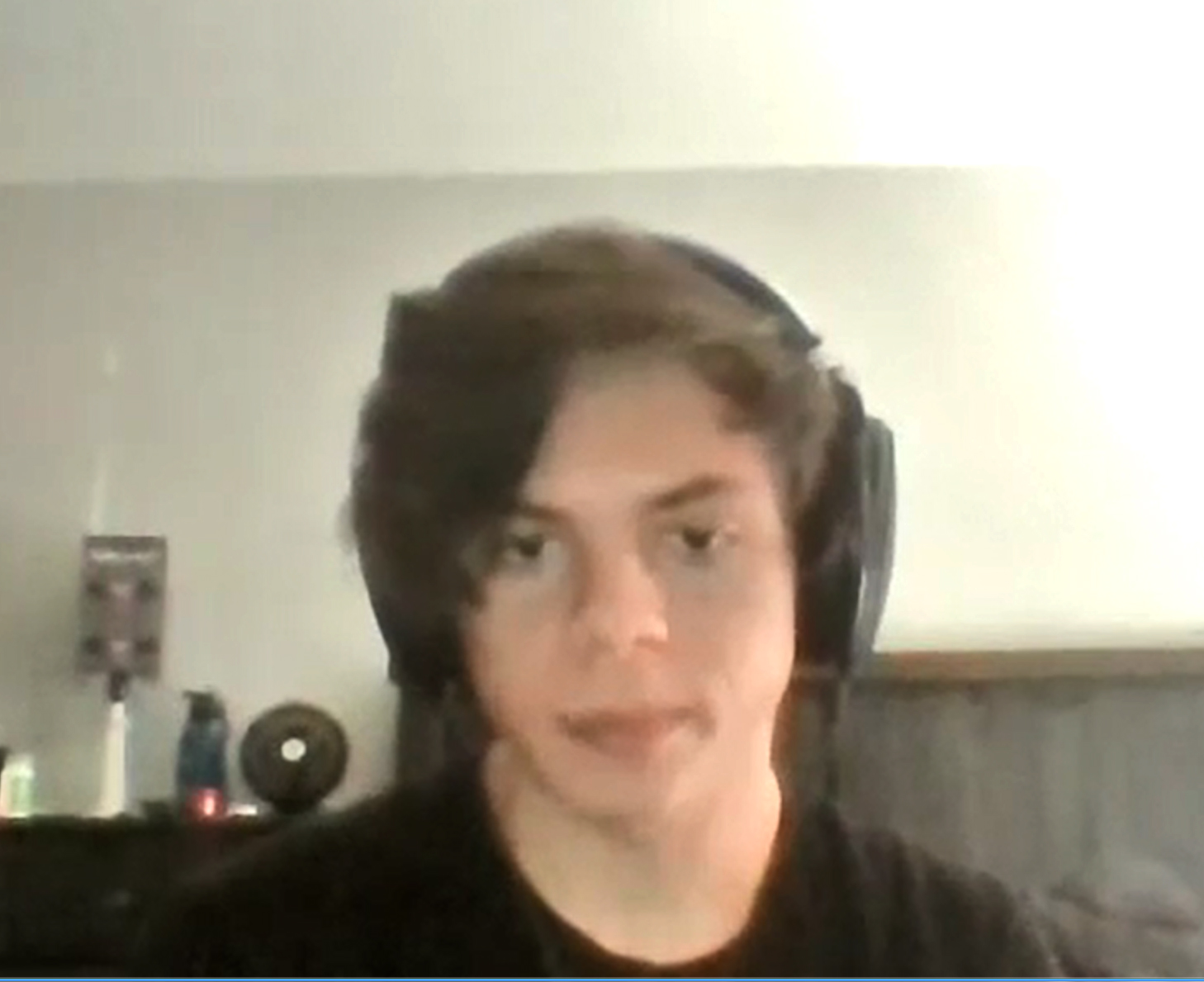
But when CSU Long Beach announced tuition would remain the same in remote learning, including on-campus fees and other costs, Basile opted to switch to SWC, where he would save $7,000 per year for the same classes online.
“It was really annoying,” Basile said. “I’m not going to have in-person classes no matter what I do, so I might as well save the seven grand because I’m doing [the same] classes. I was upset with the situation and mad at the college for not dropping the tuition price, but at that point it didn’t really matter.”
Basile began his first classes at SWC on Aug. 24. Though he feels his courses have been easy to manage, he misses the social aspect of on-campus instruction— now reduced to classes on Zoom where “95 percent of the people don’t even have the camera on,” according to Basile.
“The harder part is to have a community of peers to interact with either socially or academically. You don’t have anyone you can ask questions about the class before you go to the teacher because [once] the lesson is over, everyone just leaves the Zoom call,” Basile said.
For now, Basile plans to acquire a minimum of 60 credits at SWC by the end of the school year to transfer back to a 4-year university.
“It’s pretty upsetting to do online [school] forcibly. I’m delaying my college experience. At minimum, a whole year of my college experience [is] now going to be an independent study experience versus an actual college experience,” Basile said. “[But] as soon as schools open up, I can transfer. That’s my goal.”
Basile has stopped being optimistic about the uncertainties of the pandemic, which has offered false promises to him since March, and vows to “not have any expectations.”
“Every time they say three weeks, it becomes six months later. [Then] they say, ‘Just kidding’, six months, and then six months later, they say maybe a year. So I stop trying to be optimistic, because it just gets exponentially worse,” Basile said.
Cassandra Ugarte, San Diego State University
On Aug. 24, BVH alumna Cassandra Ugarte began her first day at San Diego State University (SDSU) unlike how she had imagined she would in high school.
“I wanted a fresh start [in] college with so many different clubs and new environments, because you’re there to find yourself and [meet] new people,” Ugarte said.
But when SDSU announced it would go fully online in May, Ugarte felt disappointed to find herself in Zoom classes when she would have otherwise been commuting to SDSU.
“I would have had my driver’s license by now. I would have been driving to classes, paying for them and getting the books I [needed]. Rather than in-person, it’s through an email, so it’s just very different getting to know new people,” Ugarte said.
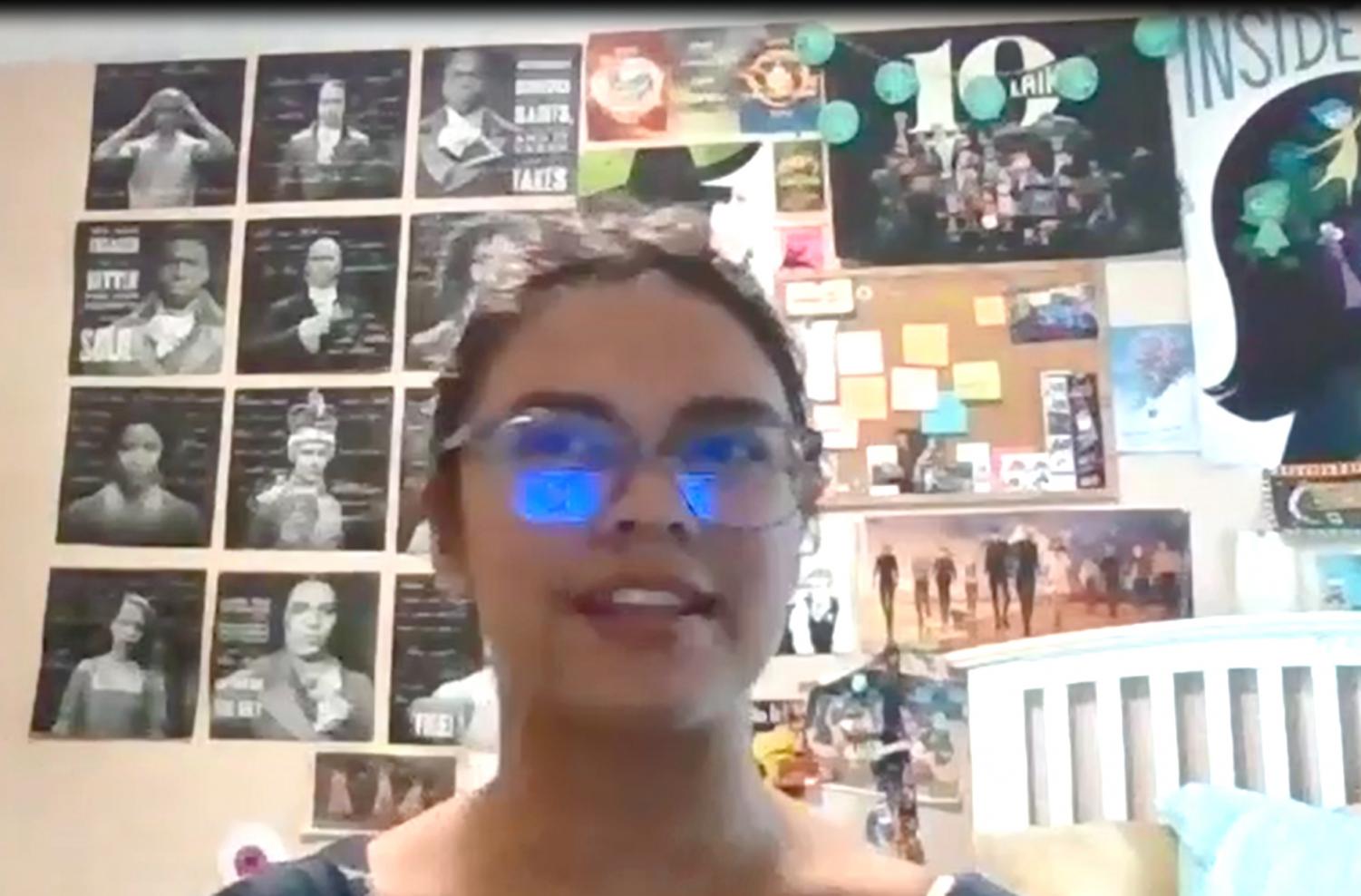
Now attending classes, Ugarte feels she manages her time and homework easily, making use of the Canvas learning program, but she laments the lack of a social aspect in online classes.
“[It’s] hard. You’re in the class full of 30 to 40 kids you don’t know. You’re meeting new people every single time you go to class and there’s that awkward 30 seconds of ‘Hi,” and [then], ‘Okay, let’s get working.’ It’s kind of awkward,” Ugarte said.
As SDSU alumni, Ugarte’s parents likewise bemoan her lack of a traditional college experience, as Ugarte — instead of “feeling [the] Aztec pride” — begins her first semester online.
But she has also found perks to remote learning: she can seamlessly switch between tasks at home since all assignments are done online.
“It’s more calm because I’m waiting a couple minutes before the session starts, and I can get on rather than if I was driving [or walking] on campus [and thinking], ‘Oh no, am I going to get there on time?’ And sometimes I can do my assignments [as] classes [come] up, so it’s easy since I’m all in one place,” Ugarte said.
Amid the difficulties of at-home instruction, Ugarte ultimately looks to her college education for inspiration, as she believes her classes to be more involved with current affairs and connect her with people of all backgrounds.
“I made it through high school. I’m [starting college] now and maybe it’s not what I pictured, [but] I’m still getting the education and classroom environment I wanted. I’m more [a] part of my community with not just students my age but [those] 10 years older than me and professors from different backgrounds that make it unique to me. I enjoy [the variety], and [it] keeps me motivated to do the best I can in college and go above and beyond,” Ugarte said.

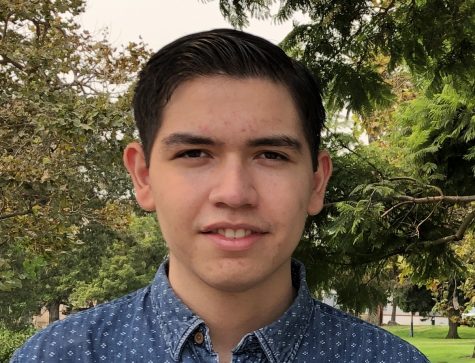
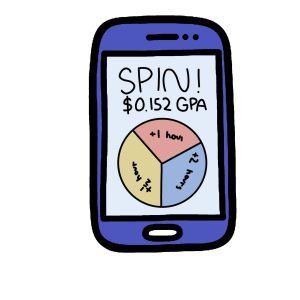



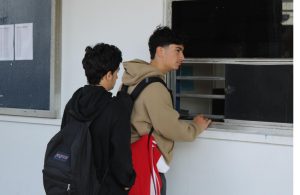
Noor • Oct 5, 2020 at 8:34 pm
hello! i really liked your article & how it features BVHS alumni. it was cool to read about the college experience in distant learning in comparison to high school distant learning.